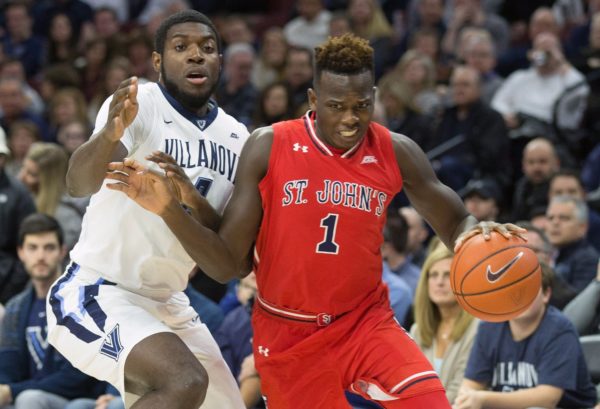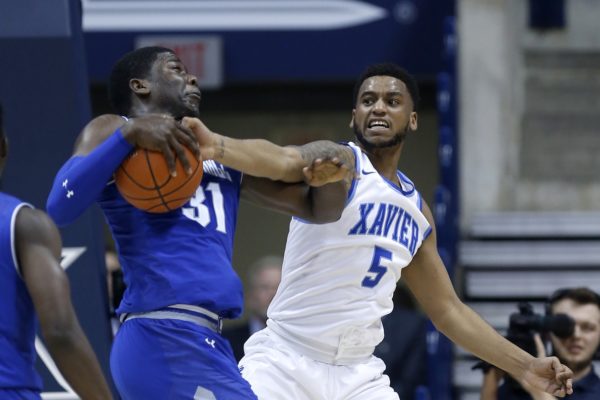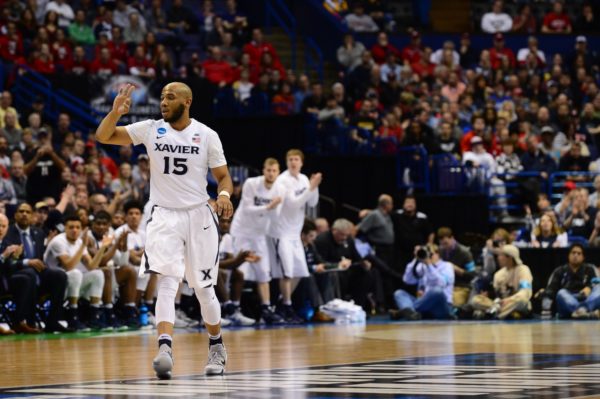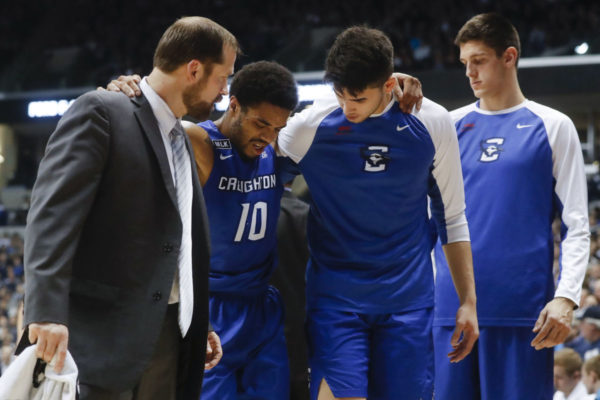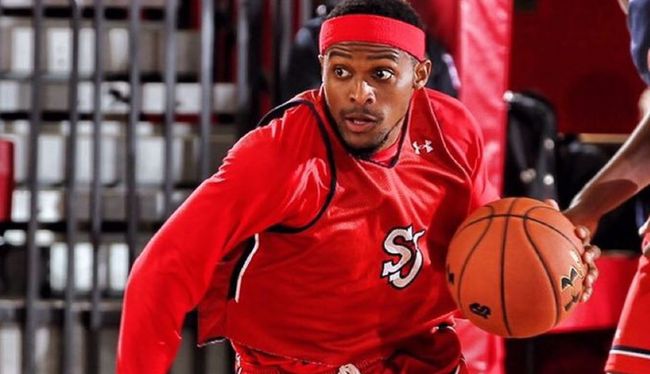St. John’s Bashir Ahmed Represents a Tradeoff Between Efficiency and Intangibles
Posted by Justin Kundrat on February 15th, 2017St. John’s head coach Chris Mullin has the luxury of being able to construct a wide variety of lineups, but a curious dilemma arises when one of his most important players is also his least efficient. His roster has lightning-quick, penetrating guards, floor-stretching shooters and a handful of ultra-athletic big men who can defend the post and rebound, but he only has one Bashir Ahmed. Most of his other players, no matter how talented, are limited to specific positions. Guards Marcus LoVett, Jr. and Shamorie Ponds stand at 6’0″ and 6’1″, respectively. Swingman Malik Ellison is a defensive specialist. And shot blocker Tariq Owens is tremendous in his role protecting the paint, but he is generally confined to putbacks on the offensive end of the floor. That leaves Ahmed, a 6’7″ JuCo transfer who possesses great talent combined with a penchant for iffy decision-making.
Ahmed is aggressive in attacking the basket, savvy enough to draw contact in the lane, and athletic enough to challenge most defenders — all highly desirable attributes in a small forward. But when combined with an ingrained habit of unabashedly exerting his will against good defenses, the result is too many turnovers and missed shots. As the below table shows, Ahmed lags behind the other Red Storm rotation players in just about every shooting category.





























